
Need assistance?
Need Assistance? Call Us 0330 058 0630
11/03/2025 • by Alice P
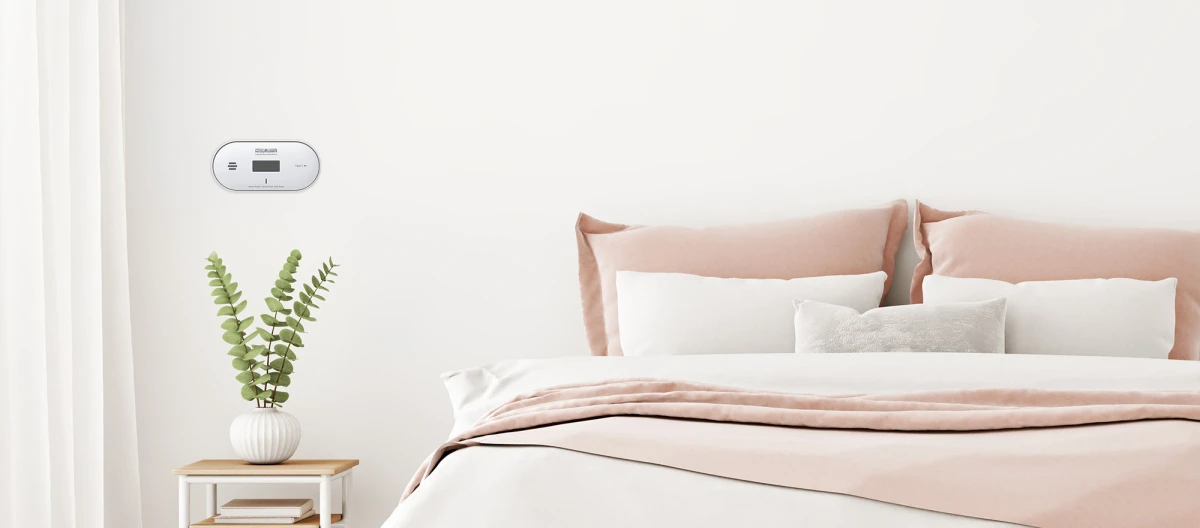
Safeguarding your home against carbon monoxide threats is an essential aspect of maintaining a secure and healthy living environment.
Carbon monoxide, an invisible and odourless gas, poses a significant risk, making awareness and prevention crucial for all households.
Understanding carbon monoxide safety can prevent potential poisoning and ensure peace of mind. This guide will walk you through preventing carbon monoxide poisoning by discussing vital home safety tips and household safety measures. With expert insights into carbon monoxide detectors and other fire safety products, you'll be well-equipped to protect your home.
Understanding the nature of carbon monoxide is crucial to effectively protecting your home from this invisible threat.
Carbon monoxide (CO) is a colourless, odourless, and tasteless gas that poses a significant risk to human health. It's produced by the incomplete combustion of carbon-based fuels, making it a common byproduct in many household appliances.
This gas is particularly dangerous due to its undetectable nature. Without proper safety measures, carbon monoxide can accumulate in enclosed spaces without occupants realising it.
CO is slightly lighter than air, allowing it to disperse evenly throughout a room. This characteristic underscores the importance of strategic placement of carbon monoxide detectors in the home.
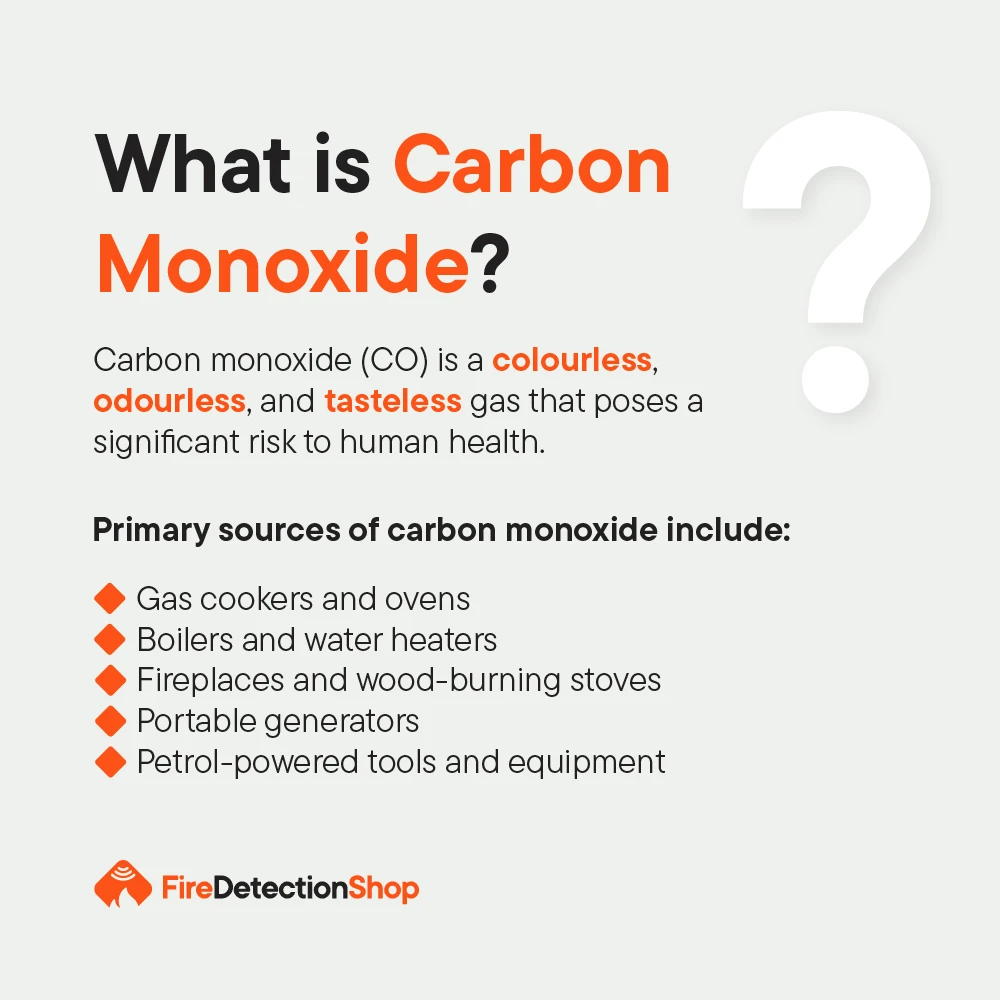
Common sources of carbon monoxide in home and residential settings include fuel-burning appliances and equipment. These can range from everyday household items to seasonal tools.
Primary sources of carbon monoxide include:
Gas cookers and ovens
Boilers and water heaters
Fireplaces and wood-burning stoves
Portable generators
Petrol-powered tools and equipment
It's crucial to maintain and use these appliances correctly to minimise the risk of carbon monoxide production. Regular professional inspections can help identify potential issues before they become hazardous.
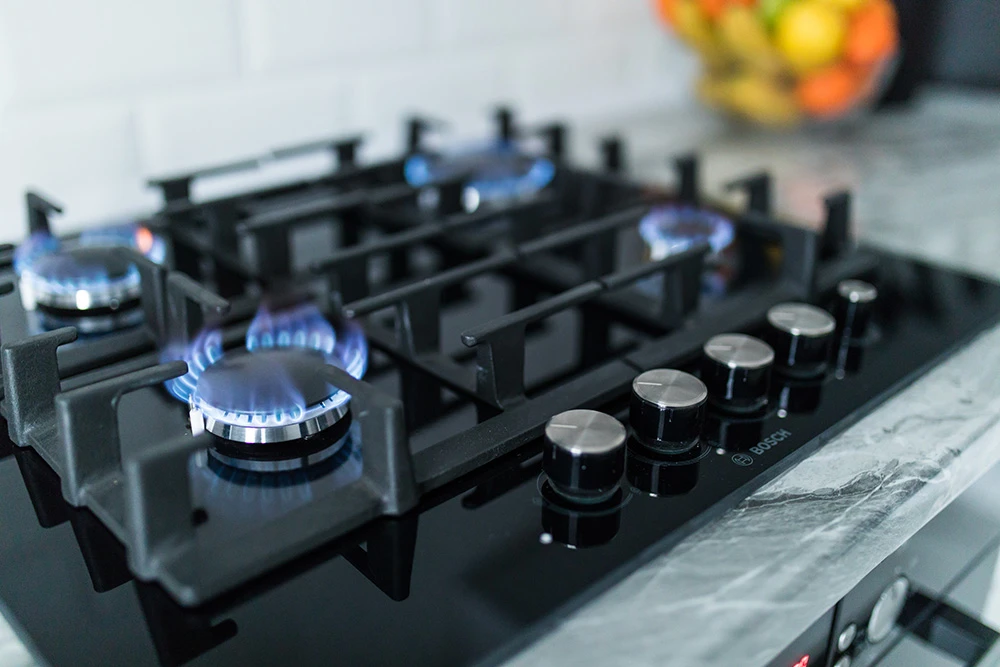
Exposure to carbon monoxide can have severe health consequences, ranging from mild symptoms to life-threatening conditions. The severity of effects depends on the concentration of CO and duration of exposure.
Initial symptoms of CO poisoning often mimic flu-like conditions, including:
Headaches
Dizziness
Nausea
Fatigue
Prolonged or high-level exposure can lead to more serious effects, such as:
Confusion and disorientation
Unconsciousness
Cardiac complications
In extreme cases, death
Understanding these effects emphasises the critical importance of implementing robust carbon monoxide safety measures in every home.
Implementing effective carbon monoxide safety measures is crucial for protecting your household. These safety measures include: installing carbon monoxide detectors, maintaining and testing these detectors, and devising a safety plan in the event of a CO leak.
Carbon monoxide detectors are essential safety devices that alert occupants to the presence of this dangerous gas. Proper installation is crucial for their effectiveness.
When installing CO detectors:
Place at least one detector on each floor of your home.
Install detectors near sleeping areas to ensure alarms are heard.
Position detectors at least 15 cm away from walls and obstructions.
It's important to choose high-quality, certified detectors. Look for models that meet British Standard EN 50291 for optimal safety assurance.
Remember, carbon monoxide detectors complement but do not replace smoke alarms. Both are crucial for comprehensive home safety.
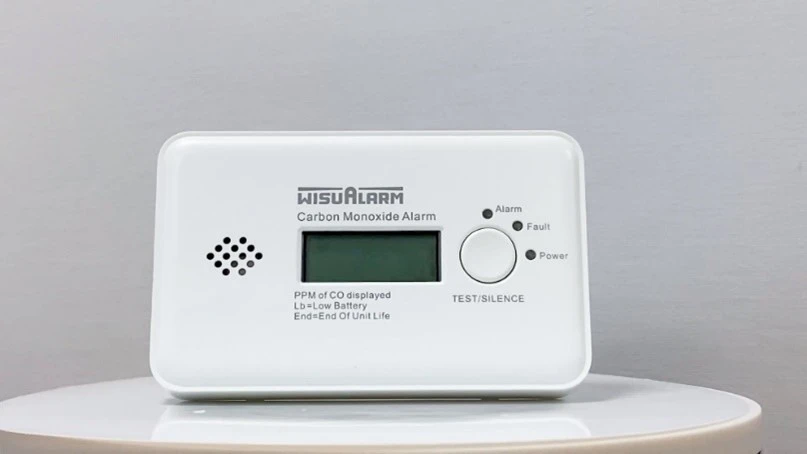
Regular maintenance of carbon monoxide detectors is vital to ensure their continued effectiveness. Neglecting this aspect can lead to false security and potentially dangerous situations.
Key maintenance tasks include:
Testing detectors monthly using the test button
Replacing batteries annually or as needed
Cleaning detectors to prevent dust accumulation
Replacing entire units according to manufacturer recommendations, typically every 5-7 years
Proper maintenance of CO alarms not only extends the life of your detectors but also provides peace of mind that they'll function when needed most.
Proper ventilation and regular appliance checks are crucial in preventing carbon monoxide buildup. These measures help ensure that fuel-burning appliances operate safely and efficiently.
For effective ventilation:
Ensure all vents and chimneys are clear of obstructions
Use exhaust fans when operating fuel-burning appliances
Open windows periodically to allow fresh air circulation
Regular appliance checks should include:
Annual professional inspections of all fuel-burning appliances
Checking for signs of corrosion or soot around appliances
Ensuring pilot lights burn with a steady, blue flame
By maintaining good ventilation and regularly checking appliances, you significantly reduce the risk of carbon monoxide accumulation in your home.
Prevention is key when it comes to carbon monoxide safety. This entails implementing measures to minimise the risk of CO poisoning, seeking professional maintenance, and being prepared in the event of an emergency.
Proper use of fuel-burning appliances is crucial in preventing carbon monoxide production. By following safe practices, you can significantly reduce the risk of CO buildup in your home.
Key safety practices include:
Never use outdoor cooking equipment, such as barbecues or camping stoves, indoors
Avoid running vehicles in enclosed spaces like garages
Ensure proper ventilation when using fireplaces or wood-burning stoves
It's also important to be aware of the signs of malfunctioning appliances, such as unusual odours, excessive condensation, or soot marks around the appliance.
Regular cleaning and maintenance of appliances, following manufacturer guidelines, can help ensure they operate safely and efficiently.
Regular professional inspections and maintenance are crucial for ensuring the safe operation of fuel-burning appliances and preventing carbon monoxide leaks.
Key aspects of professional maintenance include:
Annual boiler servicing by a Gas Safe registered engineer
Chimney sweeping and inspection by a certified professional
Electrical system checks by a qualified electrician
These inspections can identify potential issues before they become hazardous, such as blocked flues, damaged heat exchangers, or faulty connections.
Professional maintenance not only enhances safety but can also improve the efficiency and longevity of your appliances.

Having an emergency plan in place is crucial for responding effectively to potential carbon monoxide incidents. A well-prepared household can act quickly and decisively in the event of a CO alarm or suspected leak.
Key elements of an emergency plan should include:
Clear evacuation routes from all areas of the home
A designated meeting point outside the property
Emergency contact numbers, including the gas emergency service (0800 111 999)
Regularly review and practice your emergency plan with all household members. This ensures everyone knows what to do in case of a carbon monoxide alert.
Remember, if you suspect a CO leak, evacuate immediately and call for professional help. Never attempt to locate or fix the source of a leak yourself.
Educating all family members about carbon monoxide safety is crucial for maintaining a safe home environment. This knowledge empowers everyone to recognise potential dangers and respond appropriately.
Key points to cover in family education include:
The nature of carbon monoxide and its sources
Symptoms of CO poisoning and how to recognise them
The importance of carbon monoxide detectors and how they work
What to do if a CO alarm sounds or if poisoning is suspected
Consider using age-appropriate materials and methods to ensure all family members, including children, understand the importance of CO safety.
Regular family discussions about home safety can help reinforce these important messages and keep everyone vigilant.
A comprehensive home safety checklist is an invaluable tool for maintaining a CO-safe environment. It provides a structured approach to regular safety checks and maintenance tasks.
A typical carbon monoxide safety checklist might include:
Monthly testing of CO detectors
Seasonal checks of ventilation systems
Annual professional inspections of fuel-burning appliances
Regular cleaning and maintenance of fireplaces and chimneys
Customise your checklist to suit your home's specific needs and appliances. Regular use of a carbon monoxide safety checklist can help ensure no important safety tasks are overlooked.
Implementing comprehensive household safety measures is key to protecting your family from carbon monoxide risks. These measures should address all potential sources of CO in your home.
Effective safety measures include:
Installing CO detectors on every floor and near sleeping areas
Ensuring proper ventilation for all fuel-burning appliances
Never using portable generators or fuel-burning camping equipment indoors
Keeping chimneys and flues clear of obstructions
It's also important to create a culture of safety awareness in your household. Encourage family members to report any unusual smells or symptoms that could indicate a CO problem.
Regular review and updating of your safety measures can help ensure they remain effective as your home and family needs change over time.
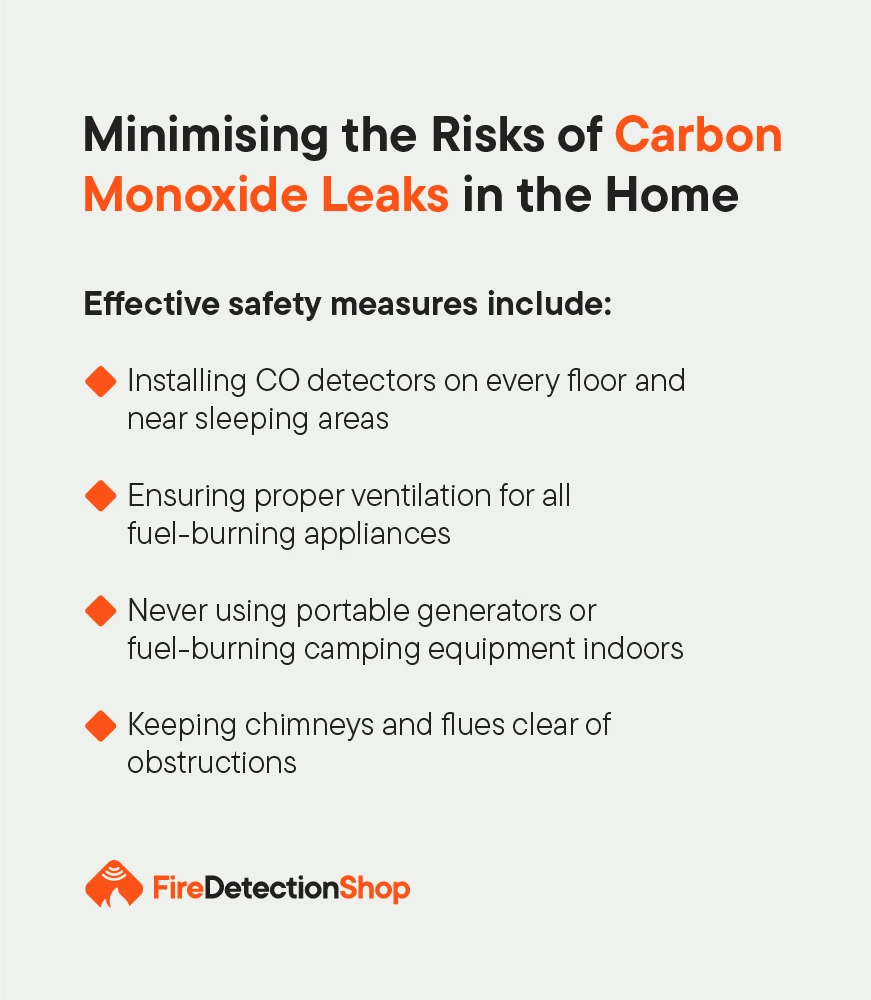
As technology advances, new options for carbon monoxide protection are emerging, including CO alarms that can be interlinked with smarter alarm systems, providing a more comprehensive coverage for homes.
Smart home technology is revolutionising carbon monoxide protection, offering advanced features and integration capabilities. These systems provide enhanced monitoring and alert options for homeowners.
Key features of smart CO detectors include:
Remote monitoring via smartphone apps
Integration with home automation systems
Real-time alerts sent to multiple devices
Historical data logging for trend analysis
Smart detectors can often distinguish between different levels of CO concentration, providing more detailed information about potential threats.
Some systems also offer interconnected alarms, ensuring that when one detector is triggered, all alarms in the home sound simultaneously.
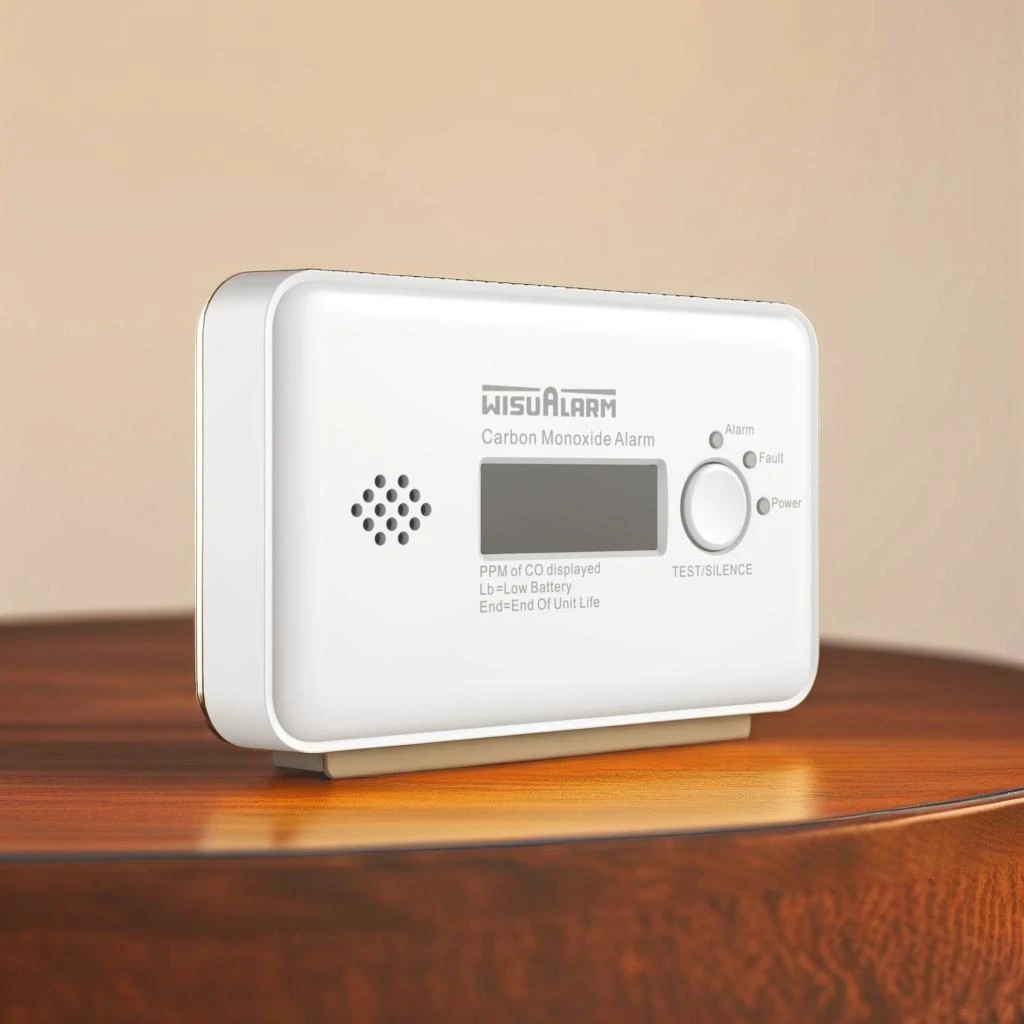
Integrating carbon monoxide safety systems with other home safety and automation features can provide a comprehensive approach to household protection.
Integration possibilities include:
Linking CO detectors with smart thermostats to automatically shut off heating systems if a leak is detected
Connecting CO alarms to smart lighting systems for visual alerts
Incorporating CO detection into broader home security systems
These integrated CO systems can offer more robust protection and quicker response times in emergency situations.
When considering integration, ensure all components are compatible and meet relevant safety standards
If your home or motorhome requires a carbon monoxide alarm, browse our wide range of CO alarms. Alternatively, if you have questions regarding carbon monoxide detectors, please email our expert team at [email protected]